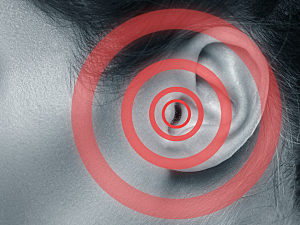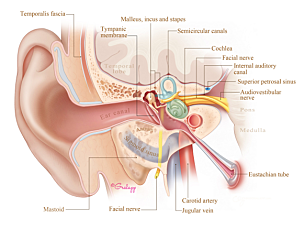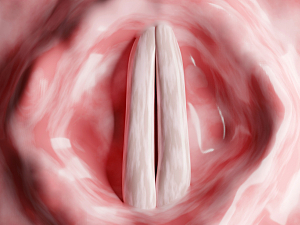Nasal Tuft Cells Direct the Olfactory Mucosal Response to Allergens

Researchers at Brigham and Women’s Hospital report that TRPM5+ MVCs in the olfactory neuroepithelium not only are tuft cells but also have a role beyond triggering inflammation: they regulate olfactory stem cell proliferation.
Read More...







